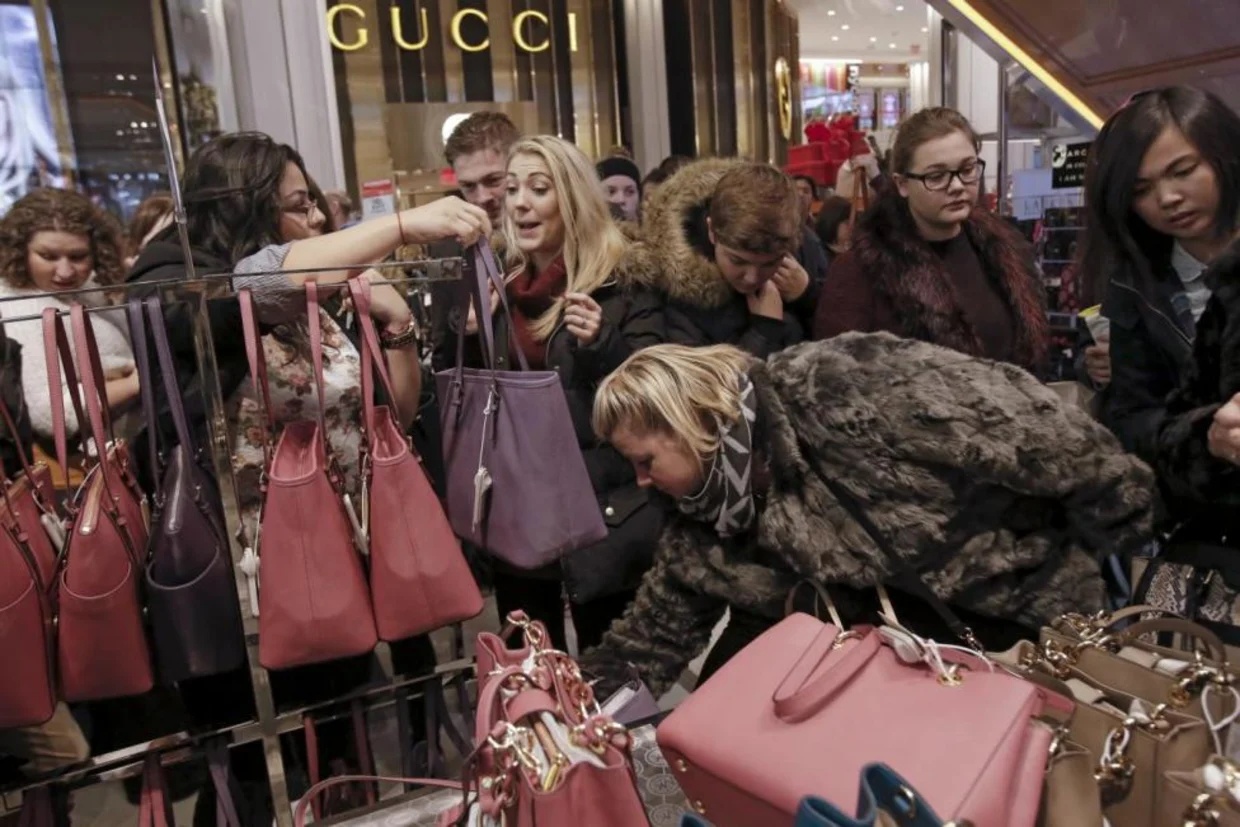Archives
Business, Feature, Freight News, Logistics
US Holiday Spending Could Reach $1T
[ October 18, 2024 // Gary G Burrows ]The National Retail Federation, a leading voice for the retail industry, forecasts winter holiday spending to grow 2.5 percent to 3.5 percent over 2023, or US$979.5 billion to US$989 billion in total holiday spending in November and December, compared with US$955.6 billion in 2023.
“The economy remains fundamentally healthy and continues to maintain its momentum heading into the final months of the year,” NRF President and CEO said Matthew Shay NRF president and CEO. “The winter holidays are an important tradition to American families, and their capacity to spend will continue to be supported by a strong job market and wage growth.”
The holiday forecast is consistent with NRF’s forecast that annual sales for 2024 will be 2.5 percent to 3.5 percent over 2023.
Online shipping is expected to be a primary contributor of overall retail sales growth, with online and other non-store sales expected to increase 8 percent to 9 percent, to a total of US$295.1 billion to US$297.9 billion. This compares to US$273.3 billion in 2023, which rose 10.7 percent over the 2022 holiday season.
“We remain optimistic about the pace of economic activity and growth projected in the second half of the year,” said NRF Chief Economist Jack Kleinhenz. “Household finances are in good shape and an impetus for strong spending heading into the holiday season, though households will spend more cautiously.”
As retailers ratchet up for consumer demand, NRF expects retailers to add 400,000 to 500,000 seasonal workers, some of which may have been pulled into October to support retailers’ holiday buying events this month. This compares with 509,000 seasonal hires last year.
This year’s holiday shopping period between Thanksgiving and Christmas will be five days shorter than 2023, or 26 days total. Additional contributing factors this year could include the economic impact of Hurricanes Helene and Milton, and residual impact of the U.S. presidential election on current or future spending.
NRF’s holiday forecast is based on economic modeling using various key economic indicators including consumer spending, disposable personal income, employment, wages, inflation and previous monthly retail sales releases. NRF’s calculation excludes automobile dealers, gasoline stations and restaurants to focus on core retail. NRF defines the holiday season as Nov. 1 through Dec. 31.

Tags: National Retail Federation







